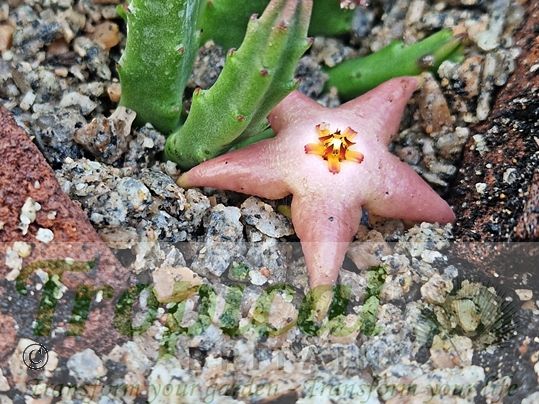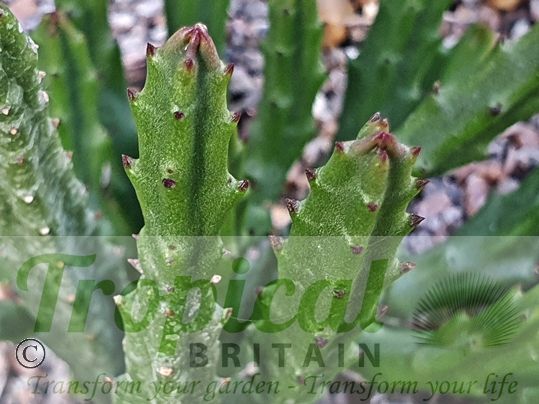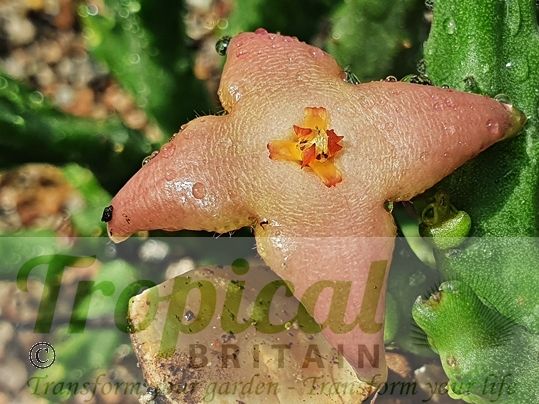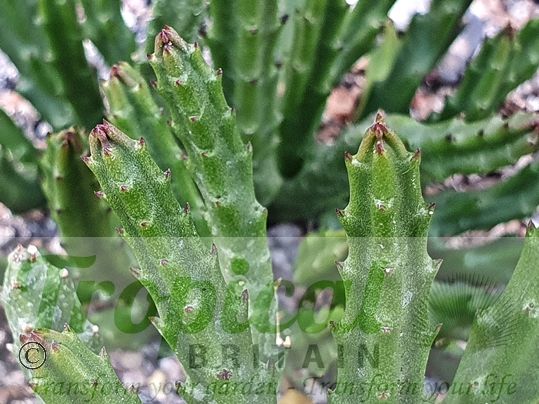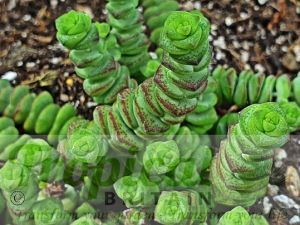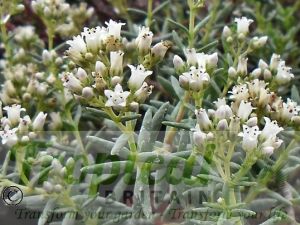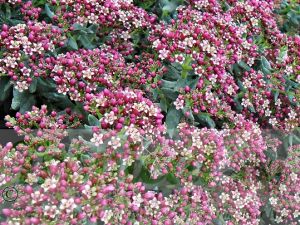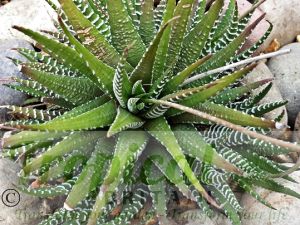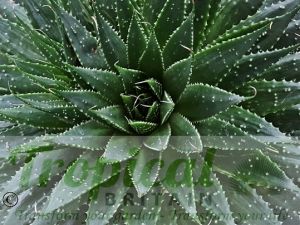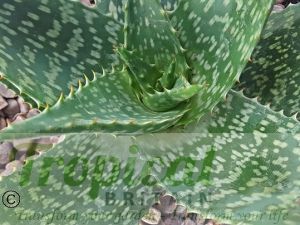Stapelia divaricata
Stapelia divaricata - one of many Stapeliads to be called Starfish Flower - is a small somewhat delicate Stapelia with thin dark-green tapering stems and an extraordinary fleshy wax-like star-shaped flower, usually five-pointed but occassionally four-pointed. The colour is generally a pale pink but again is variable and can also be a pale greenish cream tone. It is not as strongly aromatic as some Stapelias. The stems are four-angled and often turn pinkish in full sun, readily rooting from the base of the new branches and gradually forming a large clump.
A very easy succulent to grow, Stapelia divaricata requires a gritty well-drained substrate and is best placed in partial shade avoiding the stresses of too much sun and heat. Some sun however, together with a very weak potassium feed during the summer will encourage it to flower towards the end of the season. Don't be surprised to see small flower buds also appearing in the autumn for next years flowering. Most sources advise to keep plants above 5C but we have found they will tolerate a cool frost-free glasshouse under fleece. Indoors in a warm well-lit spot will be the ideal aspect for most people growing Stapelia divaricata as a houseplant - for which it is perfectly suited. Water sparingly and not at all during the winter.
Although not uncommon in cultivation, Stapelia divaricata is rare in the wild and is found only in small highly-localised populations around Buffeljags in the northern Overberg area of the Western Cape - part of the greater Swellendam area. It was first described by Paul Masson in 1797 in his four part Stapeliae Novae and was first collected by him in 1792. Masson was sent abroad by King George III to collect for the Royal Botanic Gardens, Kew at the suggestion of Joseph Banks and he journeyed there first in 1772 until 1775, and then again in 1781 before returning to England in 1795. In his charming manner of writing, Masson describes his beginnings as a plant collector in the preface to Stapeliae Novae: "The curious productions of the Cape had been too much neglected until the year 1771, when Captain Cook returned from his first voyage round the globe, and landed the Naturalists who accompanied him at the Cape Town ; they were much gratified by the treasures they met with, and in consequence of the observations they then made, Sir Joseph Banks, on his return to England, suggested to his Majesty the idea of sending a person, professionally a gardener, to the Cape, to collect seeds and plants for the Royal Botanic Gardens at Kew: his Majesty was graciously pleased to adopt the plan, though at that time so little approved by the public, that no one but myself chose to undertake the execution of it..." Later, he writes, "Two species only of Stapelia were heretofore described by Botanists ; the genus now promises a numerous harvest of species. In my various journeys through the deserts I have collected about forty, and these I humbly present to the lovers of Botany."
As well as this numerous harvest of Stapeliads, Masson also introduced to the world numerous other wonderful exotics including Agapanthus inapertus, Amaryllis belladonna, Zantedeschia aethiopica, Strelitzia reginae, Protea cynaroides, Kniphofia rooperi and from his time in America, Trillium grandiflorum. The genus Massonia, is of course named after him.
As you contemplate your Stapelia divaricata, ponder also the wonder that this extraordinary botanist actually managed to find this species with its small localised populations somewhere out there in the fynbos all those centuries ago.
Additional Information
| Order | Gentianales |
|---|---|
| Family | Apocynaceae |
| Sub-Family | Asclepiadoideae |
| Synonyms | Ceropegia divaricata, Gonostemon divaricatus, Gonostemon pallidus, Gonostemon strictus, Stapelia pallens, Stapelia pallida, Stapelia stricta , Stisseria divaricata, Stisseria pallida |
| Geographical Origin | South Africa : Western Cape |
| Cultivation | Well-drained, gritty, substrate. Semi-shaded aspect. Usually requires some sun to flower successfully. Ideal houseplant in the UK |
| Eventual Height | 7-14cm |
| Eventual Spread | 15cm |
| Hardiness | Tender. Cold tolerant. Usually fine in an unheated glasshouse, under fleece particularly during very cold spells. Otherwise indoors |

Free DELIVERY
ON ALL ORDERS OVER £99THIS OFFER IS VALID ON ALL OUR STORE ITEMS.

